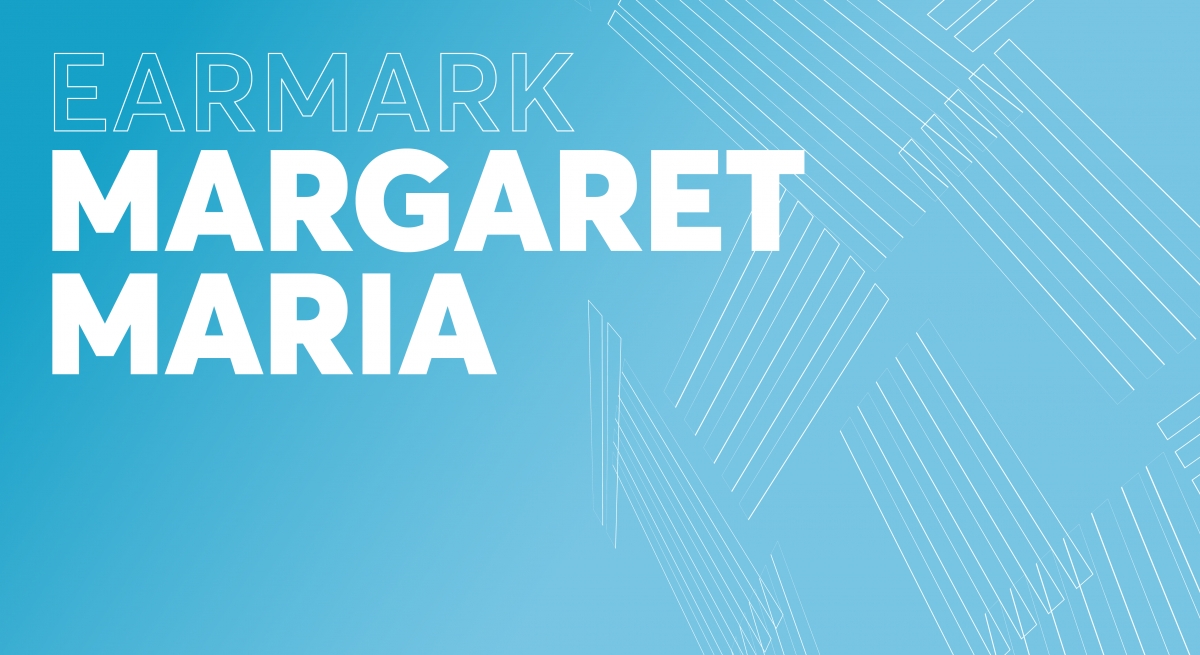In this edition of Earmark we hear from Margaret Maria on being immersed in cello repertoire as a young musician, the centrality of improvisation at various stages in bridging her musical practice to include composition, and what survival mode during the pandemic has meant.
CMC: How has the pandemic impacted your artistic work? In what ways are you connecting with and supporting your community and collaborators during this time?
Margaret Maria: I’m not wholly sure how this time will show in my artistic content. I’ve pretty much been in survival mode—teaching to survive with so many other gigs being cancelled, and dealing with an uncertain immediate future for performances. For my composing, this has been a confusing and paralyzing six months where I just couldn’t go within to find music, the outside world had taken complete precedent. It is only now that I am focusing in and creating again.
I am recording for other composers, trying to move a recording project forward, and taking a cello improv course. My hat’s off to the many composers who are currently creating and actively sharing music during this pandemic.
CMC: What got you excited about music at a young age?
MM: Starting the cello at age 12 through a public school music program in Toronto was my main entry into the world of Classical Music. Practicing and discovering composers throughout my teen years consumed my time and emotions. I entered the University of Toronto performance program at age 16 and The Curtis Institute when I was 19. Being all-consumed by the repertoire for cello is an understatement… it was my life. Prokofiev’s Symphonia Concertante, Schnittke Sonata, Shostakovich Concertos and Sonata, William Walton and Samuel Barber’s Concertos, Hindemith’s Solo Suite, all the standard concertos and sonatas—listening, dissecting, mastering and practicing for hours on end.
I didn’t compose back then. I didn’t hear my own music back then. It was only in my late 30s that I started to improvise and began composing music for children, and it was not until my 40s that I felt I could fully perceive and bring musical ideas to life.
CMC: What is an important music concert you attended?
MM: It wasn’t one concert, but hundreds of concerts that I would consider vitally important to the music I now create. I played cello in both the Vancouver Symphony Orchestra (four years) and the National Arts Centre Orchestra (16 years) and previously as a student in The Curtis Symphony Orchestra, The University of Toronto Symphony Orchestra, The National Youth Orchestra of Canada, The Toronto Symphony Youth Orchestra, and the Etobicoke Philharmonic (my very first orchestral experience at age 13).
Having been a performer taking part in so many concerts, performing such great music from the heart of an orchestra for over 30 years before composing anything myself, feels like a monumental musical backdrop for what I create today. I was exposed to music that was living and breathing through rehearsals and performances. It is my foundation, and it influences my work in a multitude of ways, since I have had no formal composition training/teachers.
CMC: What have you been listening to lately?
MM: I’ve been listening to experimental cellists recently. It’s a fascinating world of cross-genre explorative music. Some of the artists and approaches that have caught my attention and piqued my interest are: Eugene Friesen who is running the improv workshop I’m taking; Rushad Eggleston whose absolute and unbridled freedom is both unbelievably wild, alive and pushing the limits of everything the art form encompasses ; and anything by Nicole Lizée, in particular her piece Bookburners for electric cello and turntable. Recently I’ve been fascinated by complete freedom of expression without boundaries of genre or other prescriptive language that might limit one’s expression. In many ways I seek that out in other artists and within myself, listening openly and feeling confident about testing boundaries.
CMC: Tell me about a project/work of yours that you are particularly proud of.
MM: One project that is especially dear to my heart is a collaboration with the Spanish master painter, and dear friend of mine, Ángel Muriel. We connected through LinkedIn in 2016 and the further connection between our art worlds was immediate—Art in Divine Harmony was born. It is the inexplicable oneness between our worlds that makes our relationship so special. He paints my music and my music depicts his art. Ángel’s work and life have been a great inspiration to me and the videos we made are incredibly dear to me. There are now six videos of our collaboration on YouTube.

